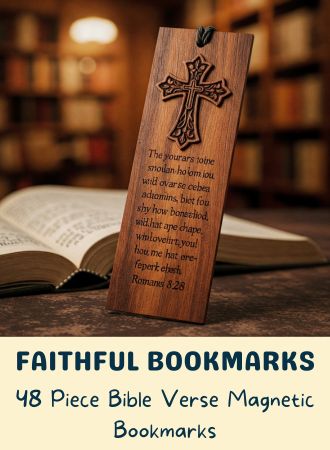Exploring Different Versions Of The Catholic Bible
The Catholic Bible is a central text in the lives of millions of Catholics around the globe. Unlike other Christian denominations, the Catholic Church includes additional books in its Bible, known as the Deuterocanonical books. This blog post will delve into the various versions of the Catholic Bible, their unique features, and their historical significance.
This blog post contains affiliate links. When you click on a link on this page and make a purchase I may earn a small commission, at no additional cost to you. Thank you for your support.
The Canon Of The Catholic Bible
The Catholic Bible comprises 73 books, including the 46 books of the Old Testament and the 27 books of the New Testament. The Old Testament includes the Deuterocanonical books, which are: Tobit, Judith, Wisdom, Sirach (Ecclesiasticus), Baruch, 1 Maccabees, and 2 Maccabees, along with additions to Esther and Daniel.

Key Versions Of The Catholic Bible
The Latin Vulgate
The Latin Vulgate is one of the most significant versions of the Catholic Bible. Translated by St. Jerome in the late 4th century, it was the standard Bible for the Western Christian world for centuries. The Vulgate was instrumental in shaping the language and theology of the medieval Church.
Key Features:
Translated from original Hebrew and Greek texts.
Used in liturgy and church teachings until the Second Vatican Council (1962-1965).
Basis for many later Catholic Bible translations.
The Douay-Rheims Bible
The Douay-Rheims Bible is a direct English translation of the Latin Vulgate. Completed in the late 16th and early 17th centuries, it was the standard English Catholic Bible until the 20th century.
Key Features:
Divided into the Old Testament (Douay, 1609-1610) and the New Testament (Rheims, 1582).
Known for its formal and stately language.
Influenced later Catholic English translations, such as the Confraternity Version.
The New American Bible (NAB)
The New American Bible is the most widely used Catholic Bible in the United States. First published in 1970, it includes several updated editions.
Key Features:
Modern translation using original manuscripts.
Strong focus on readability and accuracy.
Often used in the Catholic liturgy in the United States.
The Revised Standard Version Catholic Edition (RSV-CE)
The RSV-CE, first published in 1966, is known for its balance between readability and textual fidelity. It is based on the Revised Standard Version and has been approved by the Catholic Church.
Key Features:
Detailed footnotes and cross-references.
Preferred by scholars and theologians for both study and devotion.
Underwent further revisions to create the RSV-2CE.
The Jerusalem Bible
The Jerusalem Bible, first published in 1966, was a translation from the French Bible de Jérusalem. It is notable for its literary quality and extensive scholarly notes.
Key Features:
Translation done directly from the original languages.
Incorporates historical, theological, and linguistic insights.
The 1985 New Jerusalem Bible updated this version, enhancing clarity and scholarship.
Choosing The Right Catholic Bible
Selecting the right Catholic Bible can depend on several factors, including personal preference, purpose, and readability. For liturgical purposes, the New American Bible is commonly used in the United States. For scholarly study, the RSV-CE and the Jerusalem Bible are often recommended.
For those who appreciate historical texts and traditional language, the Douay-Rheims Bible remains an excellent choice.
Never Lose Your Place in the Word
Elevate your Bible reading experience with these beautiful and inspiring magnetic bookmarks! Featuring 48 unique designs with uplifting Bible verses, these bookmarks are perfect for keeping your place and finding motivation in your faith.
Bring these beautiful and inspiring bookmarks into your life today!
Conclusion
The diversity among the different versions of the Catholic Bible reflects the rich history and profound scholarship within the Catholic Church. Each version offers unique insights and perspectives, allowing the faithful and scholars alike to engage with sacred scripture in meaningful ways.
Understanding these versions can enhance one’s spiritual journey and deepen one’s comprehension of the divine Word.
Looking for unique Catholic gifts? Check out our gift guide!

